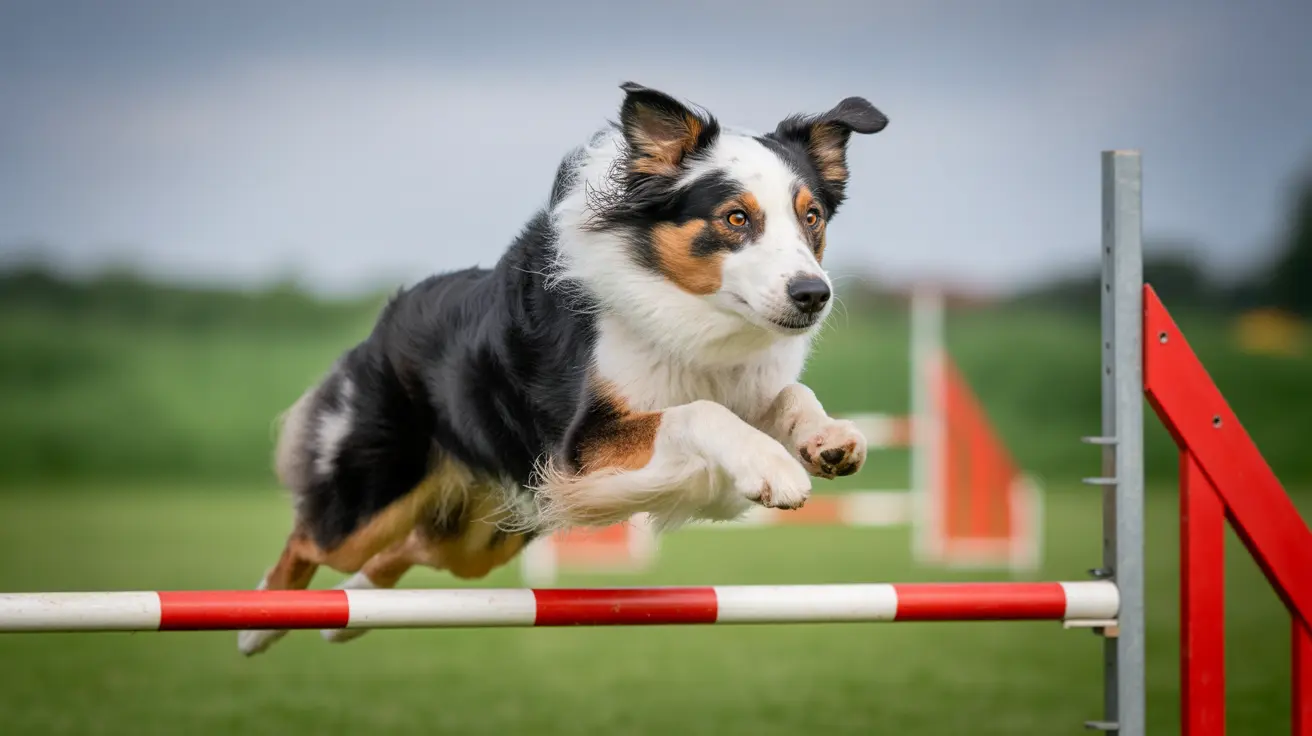Understanding the Failure Rate of Invisible Fences for Dogs
Invisible fences offer pet owners a convenient method of containing their dogs without the need for physical barriers. Also known as electric, hidden, or in-ground radio fences, they use technology and conditioning to train pets to stay within set boundaries. However, pet owners often ask: how reliable are these systems? What is the actual failure rate of invisible fences?
What is an Invisible Fence and How Does It Work?
An invisible fence consists of three main components:
- Transmitter: Installed in a central indoor location, it sends a radio signal to define the boundary.
- Boundary Wire or Wireless Signal: A wired system utilizes an underground copper wire loop, while wireless systems emit a circular field.
- Receiver Collar: Worn by the dog, it detects the signal and emits a sound or a static correction as the dog approaches the boundary.
Training is Crucial
The system’s success heavily depends on consistent and thorough
training. Dogs are gradually conditioned using audio warnings and mild static corrections to recognize and respect their boundaries. Training flags are used as visual cues and removed over time.
Advantages of Invisible Fences
Invisible fences provide multiple benefits:
- Cost-effective compared to traditional fences
- Customizable layouts in wired systems
- Preservation of landscaping and open views
- Useful in areas with fencing restrictions
- Quick installation, especially for wireless models
Limitations and Risks
Despite these advantages, invisible fences present notable drawbacks that contribute directly to failure risk:
- Physical discomfort or injury caused by the collar’s static correction
- Behavioral issues, including anxiety or aggression linked to the correction stimuli
- External threats such as wildlife or stray animals can still enter the yard
- Dogs with strong prey drives may break through the boundary despite corrections
- Equipment malfunctions due to wire breaks, transmitter failure, or dead collar batteries
- Improper training or temperament mismatch leading to ineffective conditioning
Invisible Fence Failure Scenarios
Invisible fences can fail in several real-life scenarios:
- A curious or high-energy dog ignores the correction to chase a squirrel, breaking through the boundary.
- A power outage disables the transmitter, leaving the fence system inactive.
- Collar battery dies unnoticed, rendering it unable to issue warnings or corrections.
- A dog associates correction with unrelated stimuli, resulting in fear of the yard.
- A mismatch between correction level and dog temperament causes either insensitivity or emotional distress.
Invisible Fence Failure Rate: What to Expect
There is no universally accepted statistic detailing the exact failure rate of invisible fences, largely because it depends on a variety of
factors:
- Quality and design of the specific invisible fence system
- Consistency and effectiveness of training
- Individual dog temperament and motivation
- Regular maintenance and battery checks
Veterinary professionals and trainers note that while these systems can work well for some dogs, failure rates can be high if any part of the training or equipment setup is overlooked. Dogs that are anxious, aggressive, or highly energetic may be more likely to test or ignore boundaries.
Mitigating Failure Risks
To minimize failure rates and improve safety:
- Conduct consistent, positive-based boundary training
- Check equipment regularly for function and battery life
- Select system settings appropriate to your dog's size and sensitivity
- Supervise your dog during initial weeks of training
- Use invisible fences as a supplement—not replacement—for other safety measures
Alternatives to Invisible Fencing
Other containment options might better suit various dog personalities and landscapes:
- Physical fencing for reliable containment and external security
- Leash walks to combine bonding with safety
- Long lines or tie-outs when supervised outdoor time is needed
Conclusion
In conclusion, while invisible fences can be effective in certain scenarios, they are not foolproof. Their success hinges on proper training, system upkeep, and match between the dog’s behavior and the system’s capacity. Understanding the reasons behind potential failure helps pet owners determine whether an invisible fence is the right choice—or whether an alternative method may better protect their pet’s safety and well-being.





